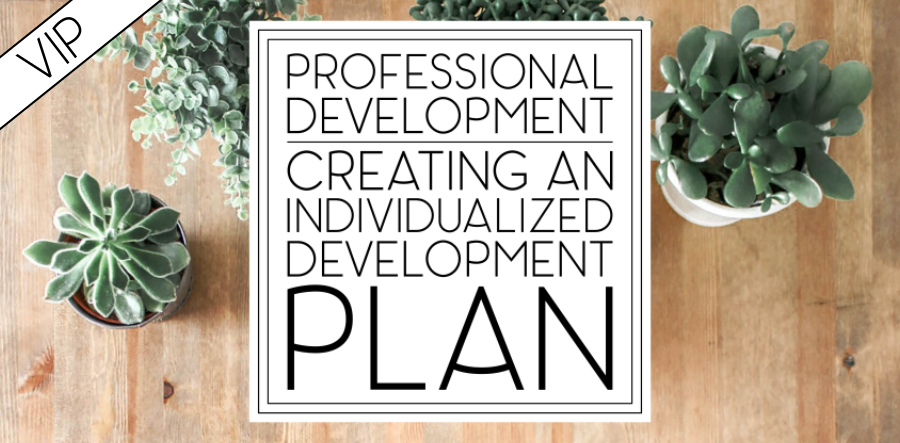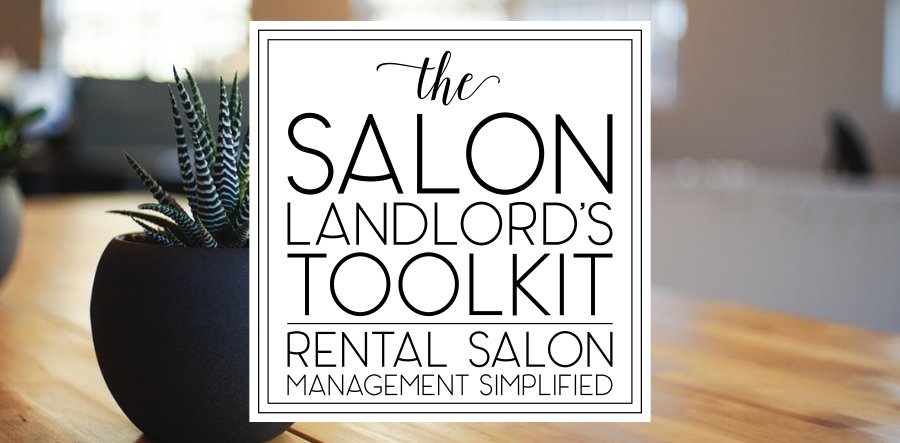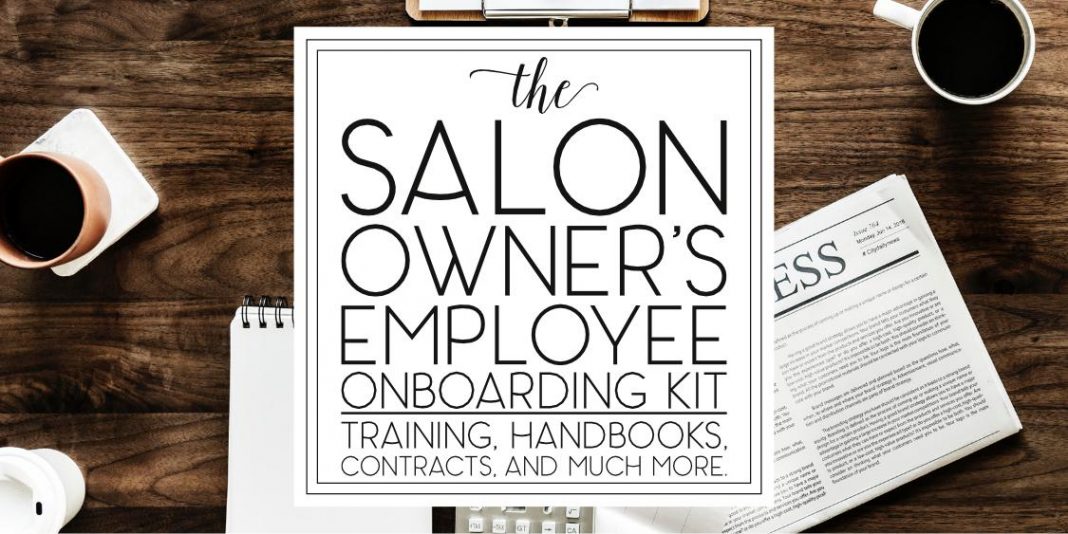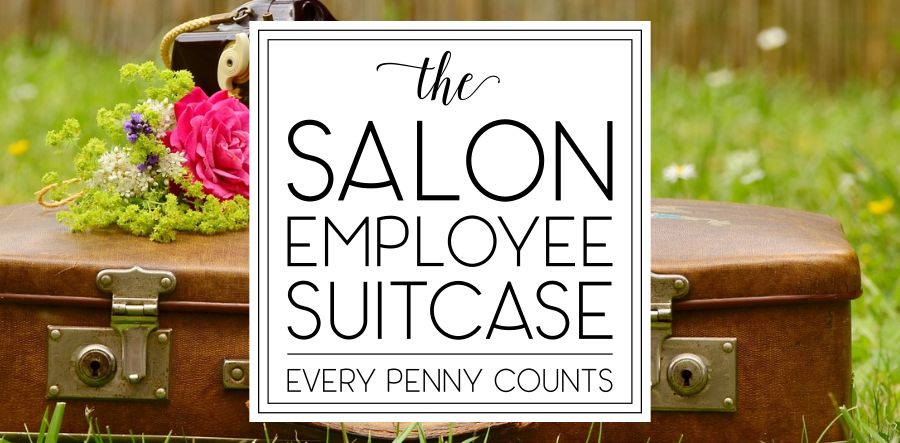Many employers can agree that demand for skilled professionals far exceeds supply but few are willing to do the work necessary to develop and mentor their employees. Meanwhile, workers across all industries are desperately seeking employee training programs that develop basic skills (communication, collaboration, and critical thinking) in addition to advanced techniques.
If your professionals aren’t learning and growing, your salon will fall behind
In this article, you’ll learn how to create individualized professional development plans that will serve as step-by-step road maps to success. (While this article has been written to address salon owners, any professional can apply the information provided and create a plan for themselves, so don’t skip this just because you don’t have employees!)
Step 1: Evaluate the salon’s needs.
Think seriously about what your business requires. Don’t make this list position-specific. It should be broad and all-encompassing. (We’ll narrow it down later.)
What needs to be done, and how frequently? Inventory, dusting, mopping, payroll, quarterly taxes, quality assurance phone calls, and even the salon’s laundry–include it all.
What traits will most benefit the salon? While this part of the list should also be broad, it should also be very specific when it comes to common subjective terms. For instance, every salon owner values “good customer service skills,” but not everyone defines “good customer service skills” the same way.
Think about what specifically makes a professional great at customer service:
- the ability to read and mirror others
- active listening
- thoughtful communication
- prioritizing the customer’s welfare and happiness (as opposed to personal pride and greed)
By getting granular in this way, you can more easily define and train specific traits, rather than expect others to share your understanding of more generalized qualities.
A thorough development plan will cover all aspects of that employee’s role in the facility, along with their individual professional goals.
Which skills provide the most versatility? Consider this a wishlist, because you can train anyone to do anything. Could the salon benefit from someone skilled with Excel or other Office programs? Do you need someone who can act as an educator or trainer? You could (and should) include technical skills–like lash extension or cutting techniques–in this list as well.
Consider your salon’s future needs, too. While you may not currently have the ability to offer certain services, if you plan to in the future, put it on the list.
Step 2: Assign your list items to job roles.
Too often, salon owners create “one-size-fits-all” training programs, requiring all employees to follow the same program without taking into account that professional’s education, experience, or unique role in the organization. While standardizing your training program can make the development of that program easier for you, the programs ultimately end up wasting valuable compensable hours.
To individualize your training and employee development–and make the process as efficient and productive as possible–you’ll have to ensure that employee learns only what they need to learn (as opposed to learning a variety of tasks that have nothing to do with their role, or re-training skills they’re already proficient in).
If a professional feels the training they’re receiving isn’t relevant to their job or their personal growth, they’ll view that training as a waste of time.
When you start dividing your lists and assigning those skills and traits to job roles, think seriously about why the employee holding that position requires that skill or trait. For example, let’s say you’re running a larger salon company with five locations. You want to hire an accountant full-time to handle payroll, accounting, tax filing, and other administrative responsibilities. This person would have limited interactions with the employees and no interaction with the clients. Do they really require customer service training, or can that be cut from their training program entirely?
Step 3: Determine the employee’s individual needs.
An individual approach requires you to take into consideration the needs of each individual you manage. Start by performing a skill evaluation, then follow that up with a one-on-one discussion. I recommend having the employee prepare for this discussion in advance by having them outline their professional goals.
- Which technical areas does the professional excel in?
- In what areas could the professional benefit from focused training?
- What technical/professional areas does the professional feel weak in? Where do they feel they lack confidence?
- What interests the professional?
- What objectives would the professional like to achieve, and how can their progress be measured?
Support the professional’s goals as they work to support the salon’s objectives.
Be clear that you expect them to be forthcoming about their needs and wants. Employees are often reluctant to ask for training or help, even when they know they need it, for fear of being viewed as incompetent. It’s critical to create a positive atmosphere that encourages personal and professional growth. Start by clarifying your role as a partner in their success who wants to see them meet their objectives and support them in the endeavor.
Step 4: Put the plan on paper.
Organize the information you’ve compiled, specific to the employee whose plan you’re developing, and put it on paper. Work in small chunks, designing comprehensive action plans for each objective. This document doesn’t have to be long or complicated–as a matter of fact, it would be best if it were condensed and straightforward.
Identify the opportunities that will bolster the employee’s performance most effectively.
You can format your plan however you like, but if you don’t want to deal with all that, I’ve provided a handy dandy template for you to use.
Step 5: Measure results.
You’re guiding the professional from one level of competency to another. To accomplish that, you’ll need to define what constitutes progress. In addition to ensuring your plan is actually working, these milestones and achievements will keep the professional motivated and provide a satisfying sense of progressive improvement.
Once you establish how you’ll measure progress, schedule routine meetings to ensure the professional is staying on track. Sometimes, the chaos of everyday life can throw an employee’s development off the rails. Don’t beat yourself up over these derailments, but don’t use them as an excuse to abandon the plan altogether. These routine meetings will keep both you and the employee focused on making steady progress, and will help you determine whether the plan requires adjustment, refinement, or expansion.
Have you ever created an IDP? How did it go? Do you feel like your salon could benefit from a more structured, individualized approach to employee development?
As usual, if you have any questions, drop them in the comments!








